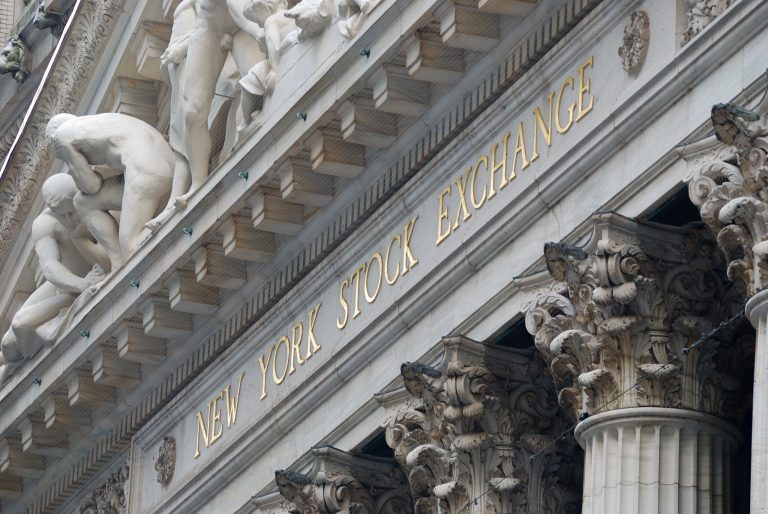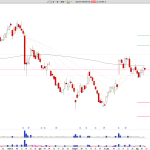The Amplify CWP Enhanced Divided Income ETF (DIVO) has done modestly well this year, making it one of the top Boomer Candy funds in the market. Its price has risen by almost 6% this year while rewarding investors with a 4.7% yield.
What is the DIVO ETF?
The Amplify CWP Enhanced Divided Income is one of the few ETFs that the Wall Street Journal named as Boomer Candies funds.
These are all fairly new funds that provide their investors with substantially higher yields than traditional ETFs like the Vanguard S&P 500 (VOO) and the Schwab US Dividend Equity ETF (SCHD).
The funds apply different strategies to generate these returns. The most common one is where they buy stocks in an index and then sell call options. In this case, these funds make money by both the price action and the premium made in the options market.
The Amplify CWP Enhanced Divided Income ETF uses the same approach to generate returns. It invests at least 80% of its funds in dividend-paying US exchange-traded securities and then use a covered call option strategy to generate its return.
In this case, the fund has invested in companies like Microsoft, UnitedHealth Group, Procter & Gamble, Caterpillar, and JPMorgan Chase. Microsoft and UnitedHealth account for over 5% of the entire fund.
A closer look at these companies shows that they are all blue-chip companies that have a dominant market share in their respective industries. Visa is the biggest payment network in the world while Walmart is the biggest retailer. JPMorgan is the biggest bank in the United States and is well-known for its fortress balance sheet.
Therefore, by having a stake in these 33 companies, the DIVO ETF makes money when they are in a strong uptrend.
On the other side, the fund uses the call option strategy, such as what similar funds like the JPMorgan Equity Premium ETF (JEPI) and JEPQ use. A call option gives an investor a right but not the obligation to buy an asset.
In this case, it opportunistically writes or sells a call option of a fund tracking these companies and picks the premium. A premium is the income receives by the writer of the options contract.
Therefore, if the ETF rises, the DIVO ETF benefits because the call option gives it a right to buy it at a higher price. If the fund drops, the option becomes worthless and there is no need to buy. It also benefits when the price moves sideways.
Is the DIVO ETF a good buy?
People have many options to generate returns in the market. One of the best approaches is to invest in basic ETFs like VOO and SPY. The risk-free approach is to invest in US government bonds. If you hold them to maturity, you will receive the full payment.
Therefore, any investment you make should be considered a success if it beats generic ETFs and government bonds.
In DIVO’s case, the goal is to generate regular dividends that are higher than that offered by the S&P 500, Dow Jones, and Nasdaq 100 indices. The fund has a dividend yield of 4.57%, than VOO’s 1.30%.
However, looking at the dividend payouts alone can be misleading since investors should always focus on the total return. In this case, the DIVO ETF has constantly underperformed the basic ETFs. As shown below, the fund’s total return in the past five years stood at 70%, while the VOO and QQQ have returned 102% and 171%.
DIVO vs VOO vs SPY ETFs
The same trend has happened this year as the fund has risen by 8.97% while VOO and QQQ have risen by over 17% and 21%. Therefore, as I have written on JEPI, I believe that simple passive funds are cheap and better alternatives.
The post Is the DIVO ETF a good boomer candy fund to buy? appeared first on Invezz



